Frontier
Summary
- Giving Green recommends Frontier as one of the top donation opportunities for businesses.
- Frontier is a private sector-led advance market commitment (AMC) intended to support and accelerate the development and deployment of carbon removal technologies.
- Climate models indicate that in order to limit warming to 2°C, emissions reductions alone may not suffice; reaching net-zero in the necessary timeframe will likely require gigaton (billion ton)-scale deployment of carbon removal by midcentury.
- The carbon removal sector is in its early stages, both in terms of technological readiness as well as supply; available carbon removal supply is too expensive to create broad demand.
- Frontier’s AMC model allows companies to maximize impact by pulling forward their carbon removal demand in order to catalyze the market.
This report was last updated in October 2022.
Giving Green believes that donating to our top recommended nonprofits is likely to be the most impactful giving strategy for supporting climate action. However, we recognize that contributing to policy advocacy (as most of these nonprofits do) may not be tenable for all donors, especially businesses. Taking this into consideration, we recommend Frontier specifically for businesses given its focus on carbon removal and more direct alignment with corporate net-zero ambitions. We believe Frontier to be a high-impact option, but we are unsure of the extent to which its cost-effectiveness approaches that of our top nonprofits.
Overview of Frontier
Frontier is an advance market commitment (AMC), intended to support and accelerate the development and deployment of carbon removal technologies.1 Stripe led the creation of Frontier in collaboration with the founding members: Alphabet, Shopify, Meta, and McKinsey & Company. Frontier’s initial commitment to invest $925 million toward carbon removal by 2030 is funded by its founding members and businesses using Stripe Climate. The fund is currently open to more buyers in an effort to build demand and encourage supply. Given that the carbon removal sector is both nascent and varied, initial allocations of the fund take two forms:
- Prepurchases target early-stage sellers, like startups, and provide an on-ramp into the market through either one-time, $500,000 purchases of carbon removal tons to be delivered in the future or research and development (R&D) grants. This track is widely accessible and flexible; contributions of any size can be made on a rolling basis and do not necessitate long-term contracts.
- Offtakes target commercial-stage suppliers, suppliers that use more developed technologies and are ready to remove tons on a commercial scale, via longer-term, pay-on-delivery agreements.This track is a great fit for organizations that are looking to commit to carbon removal on a multi-year basis and can contribute ~$1M/year through 2030.
Figure 1 shows how Frontier connects buyers and suppliers of carbon removal.

Frontier plans to phase out prepurchases over time, eventually concentrating only on offtakes (see Figure 2).

Frontier’s first round of funding was recently announced, funneling $2.4 million to six early-stage companies in the form of prepurchases.2 Carbon removal pathways supported in this first round of funding include direct air capture (DAC), mineralization, enhanced weathering, and synthetic biology. Frontier is the first customer for all six companies.

The selection process for carbon removal sellers consists of both science and governance reviews, and the panel of technical reviewers represents a broad range of expertise. During the science review, projects must satisfy stringent criteria, including carbon storage durability of more than 1000 years, minimization of arable land use, a cost trajectory leading to less than $100 per ton, scalability to more than half a gigaton of removal per year, net-negativity, additionality, and verifiability.3,4 This criterion narrows eligibility to exclude less durable pathways like biochar or forestry. The governance review assesses criteria such as public engagement, environmental justice, and legal compliance, as well as issues including moral hazard, involvement of the oil and gas industry, environmental health impacts, and workforce development.5 Frontier shares resources such as science and governance review forms, project applications, and purchase agreements through its GitHub. It does not share the completed reviews.
1 Frontier began as a public benefit LLC owned by Stripe but has recently added a 501(c)(3) arm.
2 For more information, see “Frontier facilitates first carbon removal purchases.” https://frontierclimate.com/writing/spring-2022-purchases. June 29, 2022
3 Cost trajectory: “It’s the point at which carbon removal services become affordable at the scale needed to make it a meaningful tool to reach net zero emissions.” https://www.protocol.com/bulletins/carbon-removal-cost-per-ton
4 Other criteria: CDR Application: Science Review Criteria 1-6, 8.. https://github.com/frontierclimate/carbon-removal-source-materials/blob/main/TEMPLATE%20Expert%20Review%20Forms/2022/Science%20Review%20Form.pdf
5 CDR Application: Governance Review Criteria 7, Questions 1-4 and Quantitative Assessment Question 5. https://github.com/frontierclimate/carbon-removal-source-materials/blob/main/TEMPLATE%20Expert%20Review%20Forms/2022/Governance%20Review%20Form.pdf
Theory of Change
Carbon Removal
Climate models indicate that in order to limit warming to 2°C, emissions reductions alone may not suffice; reaching net-zero in the necessary timeframe will likely require gigaton-scale deployment of carbon removal by midcentury.6 Carbon removal will be especially useful in balancing emissions from hard-to-abate sectors like aviation, shipping, and industry.7 In addition, it is our impression that removing more carbon than we emit via net-negative goals may be an important strategy to curb future climate damage. This is a view shared by some members of the private sector, government, and scientific community, and would only be made possible through the development and deployment of carbon removal.8,9,10
Carbon removal as a sector is quite varied both in terms of the types of pathways as well as the technological readiness of each pathway. In addition, not much carbon removal is available, and that which is available is too expensive to create broad demand.11 In fact, we have only reached about 0.0062% of a projected 10 gigaton by 2050 deployment goal, and only ~4.3% of the carbon removal purchases ever made have been delivered.12 Much of the carbon removal sector remains in the R&D phase, and projects that have higher technological maturity are still navigating economic viability and the logistics for deployment at scale. In short, the current market is young, small, and relatively uncertain; it does not yet reflect the size or certain longevity required to ensure gigaton-scale removal – a benchmark for what is needed for substantial climate change mitigation.13
Commercialization trajectory
The first AMC, launched in 2009, was used in the development and distribution of the pneumococcal vaccine (PCV). It has been credited with substantially accelerating availability and, consequently, saving lives.14 Subsequently, different models of AMCs have been proposed and implemented in various contexts. One salient feature of AMCs is that they appear preferable when “there is a diversity of products with different characteristics that might be appropriate to support and it is unclear which might be superior.”15 This is especially relevant given the complexity of the carbon removal portfolio. Based on factors such as urgency, efficacy, and relevance, we see Frontier’s AMC model as potentially playing a valuable role in the growth of a robust and durable carbon removal market.
The innovation trajectory of renewable energy can serve as a helpful analog to carbon removal development and deployment. The success of solar PV, in particular, was due to a combination of important interventions. These interventions included continued R&D, procurement, and the creation of certainty for future markets – all three of which are present in the Frontier theory of change.16
Monitoring, reporting, and verification
In addition, a significant challenge for carbon removal is the lack of standards for monitoring, reporting, and verification (MRV).17 To this end, Frontier has collaborated with CarbonPlan to create a framework for quantifying and mapping uncertainties in the context of carbon removal pathways represented in Frontier’s portfolio. Not only will this allow for better facilitation between buyers and sellers within the context of Frontier, but it will also serve as a model for the larger carbon removal market.
Our take on Frontier’s theory of change
Figure 3 represents our take on Frontier's theory of change:
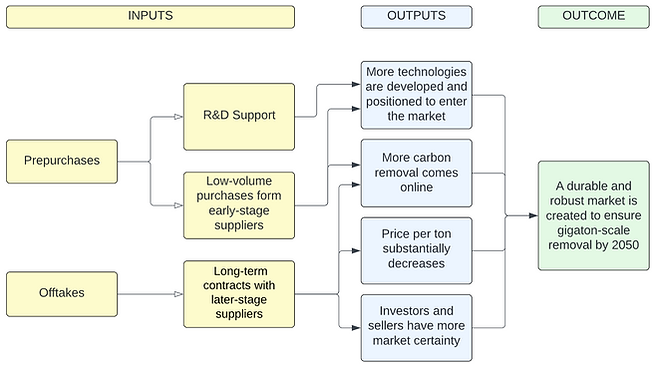
We have high certainty that Frontier will have a significant impact in supporting carbon removal R&D, increasing the amount of deployed carbon removal, enabling more technologies and sellers to enter the market, and providing longer-term certainty about the carbon removal market. This is because it gives directly to R&D projects, procures tons of removed carbon directly, enters into long-term purchase agreements with carbon removal sellers, and proactively supports the development of MRV frameworks.
We have medium certainty that the projects supported by Frontier will continue to durably remove carbon in the future. Since Frontier supports early-stage companies through either R&D funding or low-volume purchase agreements, there is inherent risk in its strategy.18 Not only is there uncertainty as to whether the companies will succeed as business entities, but there is also uncertainty as to whether certain technologies will work and effectively scale.
Given the complexity of parameters that will determine the trajectory of carbon removal at large, we are uncertain as to when and if the carbon removal market will develop to the size and scale required to meet global climate goals. Consequently, we have low certainty regarding the magnitude of Frontier’s influence on the market’s evolution.
6 “All available studies require at least some kind of carbon dioxide removal to reach net zero; that is, there are no studies where absolute zero GHG or even CO2 emissions are reached by deep emissions reductions alone.” IPCC Sixth Assessment Report, Chapter 3
7 “These difficult-to-decarbonize energy services include aviation…production of carbon-intensive structural materials such as steel and cement…To the extent that carbon remains involved in these services in the future, net-zero emissions will also entail active management of carbon.” Davis et al. 2018.
8 Private sector: “While the world will need to reach net zero, those of us who can afford to move faster and go further should do so.“ https://blogs.microsoft.com/blog/2020/01/16/microsoft-will-be-carbon-negative-by-2030/
9 Government: “I believe that it’s important for all the developed countries to talk about, not net zero, but about removing more carbon from the atmosphere than they are adding — net negative is what they need to talk about.” Minister Singh, IEA-COP26 Net Zero Summit
10 Scientific community: “The world will be net negative once removal exceeds emissions. If it takes us more than a decade or two to lower the level of CO2, we definitely will have overshot our targets and will need to maintain net negative emissions for decades into the future. Therefore, time is of the essence.” https://www.forbes.com/sites/feliciajackson/2021/08/30/net-zero-is-no-longer-enough--its-time-for-net-negative-policy-coherence-and-robust-esg/?sh=73c495c06a34
11 “There is an extremely limited supply of reliable, permanent carbon removal available, and what exists is extremely expensive.” Stanford Social Innovation Review. Racing to Net-Zero: A Captivating but Distant Ambition (2022)
12 As of August 30, 2022, see cdr.fyi for live updates.
13 “The market for durable carbon removal does not exist. Yet. What we have is a heterogenous space consisting of hundreds of companies with ideas on how to remove carbon.“ https://roberthoglund.medium.com/the-carbon-removal-market-doesnt-exist-3e28b9ed14cc
14 "Three vaccines have been developed and more than 150 million children immunized, saving an estimated 700,000 lives.” Kremer et al 2020
15 “there is a diversity of products with different characteristics that might be appropriate to support and it is unclear which might be superior.” Vivid Economics. Advance Market Commitments for low-carbon development: an economic assessment (2010)
16 “There is nothing inevitable about the rapid development and wide- spread adoption of low-carbon technologies. Rather, intentional policy and pur- posive investment will be needed and sustained over many years.” Nemet, G. F. (2019). How solar energy became cheap: A model for low-carbon innovation. Routledge
17 "... a more systematic approach to CDR MRV will be needed in the years ahead to track the performance of different CDR approaches and maintain high-quality standards as the market grows.” https://carbonplan.org/research/cdr-verification-explained
18 See Table 7. Survival of private sector establishments by opening year. Bureau of Labor Statistics. https://www.bls.gov/bdm/us_age_naics_00_table7.txt
Additionality
There are multiple layers of additionality:
- In terms of specific carbon removal projects, we have high confidence that projects chosen by Frontier remove carbon that would not otherwise have been removed, as this is one of the main criteria assessed in the selection process.19
- To ensure additionality in the context of a given carbon removal pathway, Frontier includes the question, “If this project is within a removal pathway that we have purchased from previously, what compelling, differentiated innovation does this project bring?” in its project evaluation process.20
- Regarding the carbon removal sector in general, Frontier constitutes one of the largest private investment commitments in carbon removal. According to a platform continuously monitoring the carbon removal sector, as of August 30, 2022, around $172 million has been spent on carbon removal; Frontier’s first funding wave is around sixfold this amount.21 Given how substantial this investment is, we believe that the timely development and deployment of carbon removal technology would be less tractable in the absence of Frontier.
Although Frontier plays an important role in the carbon removal ecosystem, there are other efforts to aggregate private sector investment for carbon removal. One example is First Movers Coalition, a global effort to unite companies to advance decarbonization of the industrial sector. Companies may choose to participate in various sectors, including aluminum, aviation, carbon removal (launched in May 2022), shipping, steel, and trucking. Companies participating in carbon removal must pledge to either contract for at least 50,000 tons of durable, scalable carbon removal or commit at least $25 million to carbon removal by 2030.22
A second example is South Pole, an initiative to help companies plan and implement emissions reduction projects and strategies. One of the options for financing climate action is carbon removal through its Next Generation Carbon Removal Purchase Facility. This facility, developed in collaboration with Mitsubishi, aims to direct $300-800 million toward carbon removal by 2030.23 Companies can currently make “forward commitments” to purchase carbon removal through this facility.
While we think that both of the above examples may have the potential to generate significant impact, from the information we have gathered, the eligibility criteria seem too narrow to include most businesses. We find Frontier to be more widely accessible, especially given that any size contribution can be made toward the prepurchase track. In addition, we do not see these efforts as duplicative or as negatively impacting additionality; the combination of these still constitutes only a small portion of what is needed to sustain a gigaton-scale carbon removal market.24
19 Criteria 6, Questions 14, 15. https://github.com/frontierclimate/carbon-removal-source-materials/blob/main/TEMPLATE%20Expert%20Review%20Forms/2022/Science%20Review%20Form.pdf
20 Holistic Question 18. https://github.com/frontierclimate/carbon-removal-source-materials/blob/main/TEMPLATE%20Expert%20Review%20Forms/2022/Science%20Review%20Form.pdf
21 $172 million: Note that this includes carbon removal pathways outside of Frontier’s portfolio.
22 “Members may choose to contract for at least 50,000 tons of durable and scalable net carbon dioxide removal removals to be achieved by the end of 2030, or as an alternative may choose to contract for at least $25 million of durable and scalable net carbon dioxide removal removals to be achieved by the end of 2030.” https://www.weforum.org/first-movers-coalition/sectors
23 “South Pole today announced the development of the Next Generation Carbon Removal Purchase Facility together with Mitsubishi Corporation. The facility aims to procure at least US$300-800 million worth of certified carbon removal credits by 2030.” https://www.southpole.com/news/south-pole-announces-development-of-new-facility-to-scale-up-the-next-generation-of-carbon-removals-together-with-mitsubishi-corporation
24 “Cumulative global DAC demand is estimated to be ~3 Gt, reflecting a cumulative global market value of $3 – 4T…The U.S. market for DAC projects is expected to be substantial, with ~1.9 Gt/yr capacity reached by 2050 and a domestic market through 2050 of ~$1T, calculated as value of sales of carbon credits and CO2 for utilization.” https://thirdway.imgix.net/pdfs/override/Potential-for-US-Competitiveness-in-Emerging-Clean-Technologies.pdf
Co-Benefits
We acknowledge that co-benefits will vary across the different carbon removal projects selected by Frontier. However, we note that Frontier’s review process includes a governance review. The governance review includes considerations such as environmental justice, public engagement, and safety, legal, and regulatory compliance.25
25 Criteria 7, Question 1-4. https://github.com/frontierclimate/carbon-removal-source-materials/blob/main/TEMPLATE%20Expert%20Review%20Forms/2022/Governance%20Review%20Form.pdf
Cost-Effectiveness
We did not find it useful to develop a quantitative model for cost-effectiveness because we are highly uncertain regarding assumptions and estimates for parameters that we deem central to Frontier’s AMC model. In particular, given that we are providing this recommendation in the specific context of a business looking to make a catalytic investment toward carbon removal, we believe that Frontier is highly likely to be cost-effective as it provides the prospect of amplifying a contribution to carbon removal through both its acceleration and deployment potential; we find this to be a notable value-add considering that both timing and scale are critical for the deployment of carbon removal technologies. We devote the remainder of this section to expanding on this.
Historically, the cost-effectiveness of AMCs has been difficult to determine. In the aforementioned case of the pneumococcal vaccine (PCV), while the vaccine itself was deemed cost-effective, the cost-effectiveness of the AMC is unclear given a lack of counterfactual.26 However, retroactive comparison to other vaccines, such as those for the rotavirus, suggests that significant acceleration of distribution might be attributable to the AMC; see Figure 4:
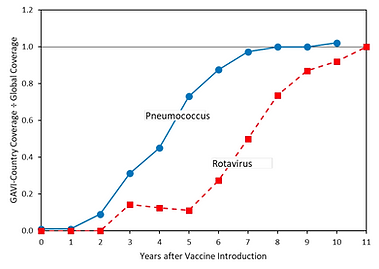
One of the major barriers to scaling durable carbon removal is cost; accelerated deployment is expected to result in a more rapid price decrease and, thus, a bigger and stronger market sooner.27
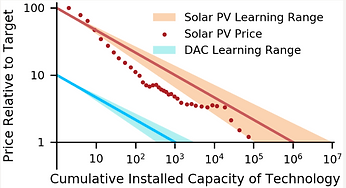
In a paper using the learning rates of solar photovoltaic (PV) to project a potential learning rate for modular direct air capture (DAC), a specific carbon removal technology, it was determined that “if DAC follows a path similar to that of comparable, successful technologies, a capital investment of several hundred million dollars could buy down the cost of DAC.”28 In the context of this paper, this amount corresponds to about 1.5 megatons (million tons) of DAC deployment. As demonstrated by the above figure, even if the cost of DAC seems high, it is still closer to the relative price target than solar PV was early in its innovation cycle. More conservative analyses that use slower learning rates – rates closer to what have been observed empirically for DAC – estimate that deployment of 9 megatons of DAC by 2030 is needed to enable substantial learning by doing and cost reduction.29
Given that Frontier intends to invest toward longer-term impact over choosing the lowest cost solutions available, it is unclear exactly how many tons the fund will directly purchase. However, even under the worst-case scenario of prices stagnating at the current average across the current Frontier portfolio, ~$1200, the first round of funding could result in about 770,000 tons of carbon removal. We have high confidence that through the addition of subsequent funding rounds and the highly probable decrease in price across carbon removal pathways, Frontier will catalyze enough investment to facilitate deployment capacity on the order of millions of tons. Although this investment will be spread across carbon removal pathways, we project the dynamics across the portfolio to be similar to that of DAC. (For reference, here is an example of our cost-effectiveness analysis model in the context of DAC.) We think that this magnitude of deployment is likely to contribute substantially to the growth of the carbon removal market in the next decade.
26 “Evidence on the cost effectiveness of PCV does not prove the cost effectiveness of the overall AMC because we lack a valid counterfactual.” Kremer et al 2020
27 “Currently, the primary limiting factor to DAC is its high cost, which will decrease as it is deployed.” https://www.breakthroughenergy.org/us-policy-overview/carbon-removal/technological-solutions
29 “We estimate that at least nine million tons of DAC capacity need to be operational in 2030 to get the US on track for meeting mid-century carbon removal requirements.“ Rhodium Group. Capturing Leadership: Policies for the US To Advance Direct Air Capture Technology. (2019)
Room For More Funding
To the best of our knowledge, Frontier, through its first funding wave, has committed to one of the largest purchases into the carbon removal market to date. However, it remains orders of magnitude away from the trillions of dollars needed to achieve and sustain gigaton-scale deployment by midcentury.30 Frontier is currently accepting contributions for its second wave of funding, demonstrating an intention and ability to absorb more money effectively. The impact of additional funds will manifest more immediately (about 3 years) through prepurchases, as well as through the signaling effect of additional buyers entering the space.31 In the longer term (about 4-8 years), the impact will largely be made through offtake agreements.
Hence, we expect Frontier to continue to be an effective pathway toward building a carbon removal market.
30 “The carbon-removal market will probably need to reach $1 trillion a year, Ransohoff told me, a figure that places it well outside any company’s reach.” https://www.theatlantic.com/science/archive/2022/04/big-tech-investment-carbon-removal/629545/
31 "The more we can do to stack demand through Frontier, the better it’s going to be for the ecosystem...We need to bring in those other buyers so that we can accelerate.” https://fortune.com/2022/09/19/these-tech-companies-are-accelerating-permanent-carbon-removal-to-save-the-planet/
Key Uncertainties and Open Questions
- AMCs are temporary strategies; Frontier’s plans for phasing out have not yet been shared.
- Given that some of the barriers to scaling carbon removal may require more than private sector intervention, it is unclear whether Frontier, under current market and policy conditions, will be able to elicit a substantial supply-side response.32
- It is unclear whether or not the carbon removal companies supported by Frontier, especially those receiving contributions through prepurchases, will successfully scale or survive in the longer term.
- We are uncertain that the investment from Frontier will result in a sufficient reduction in cost and scaling of deployment to substantially contribute to climate change mitigation.
32 “Second, stakeholder perspectives also converged around the view that public sector support is the most important factor for scaling up long-duration CDR.” https://carbonplan.org/research/cdr-scale-barriers
Conclusion
Setting net-zero and, eventually, net-negative goals are important, but we do not believe that they are achievable in the necessary timeline given the current state of technology, infrastructure, systems, and policies in place today. Therefore, we think that supporting the change and advancement to make these goals possible is among the most effective ways to contribute directly to robust climate action and, when possible, should be favored over ton-ton accounting; catalytic investment in emerging yet valuable technologies like carbon removal is one such way to contribute. Frontier’s AMC model provides an accessible, anticipatory investment toward enabling future net-zero pledges by supporting the growth and development of a carbon removal market.
How to Contribute to Frontier
- If your business can commit at least $500,000 per year from 2023-2030, consider becoming a Frontier member. This includes offtake agreements and a variety of other benefits depending on your contribution amount. The $500,000/year cutoff is not a sharp cutoff, but indicative of the amount that Frontier expects from its members. Companies that want to purchase offtakes at lower amounts should contact Frontier to understand the possibilities. For more details, see Frontier’s information for potential buyers.
- If your business has less than $500,000 per year to commit to carbon removal, consider contributing to Frontier through the prepurchase track. Contributions to this track can be made directly through the Frontier website.
Note: Contributions to Frontier can be made through the 501(c)(3) arm by contacting Hannah Bebbington, hannah [at] frontierclimate [dot] com.
If Giving Green's research helped you decide to contribute, we ask that you let us know!
We thank Hannah Bebbington, Strategy Lead at Stripe Climate + Frontier, for a series of conversations that informed this document.
Support Our Work
Giving Green Fund
One fund. Global impact. One hundred percent of your gift supports a portfolio of high-impact climate organizations, vetted by our research.
Best for:
Donors who want the simplest way to impact multiple climate solutions.
Top Climate Nonprofits
Meet the organizations on Giving Green’s list of high-impact nonprofits working to decarbonize our future, identified through our rigorous research.
Best for:
Donors who want to give directly and independently.
Support Our Work
We thoroughly research climate initiatives so you can give with confidence. For every $1 we receive, our work unlocks another $21 for effective climate solutions.
Best for:
Donors who want to amplify their impact through research.
.png)
.png)


.png)
.png)




.png)
.png)
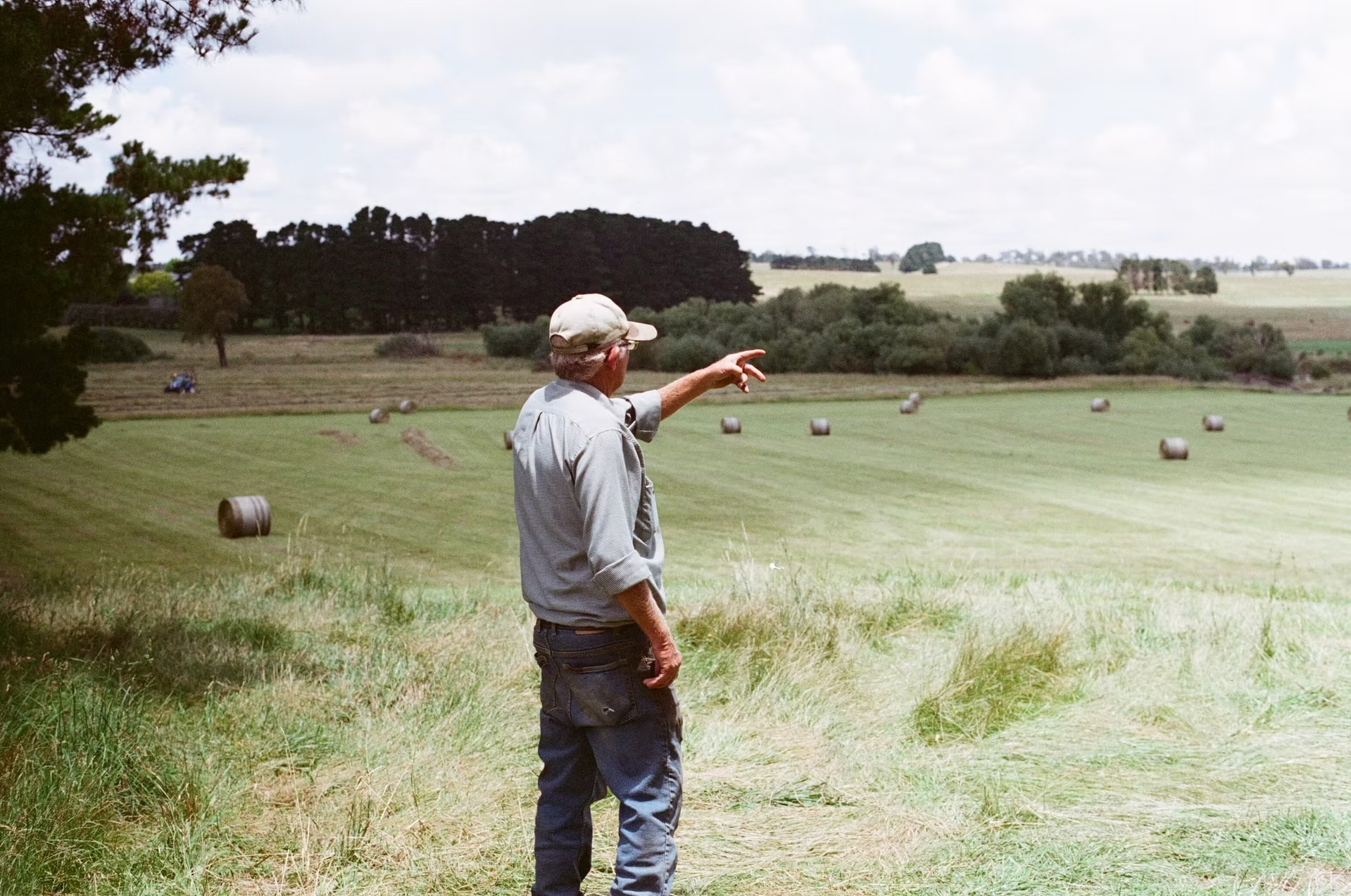
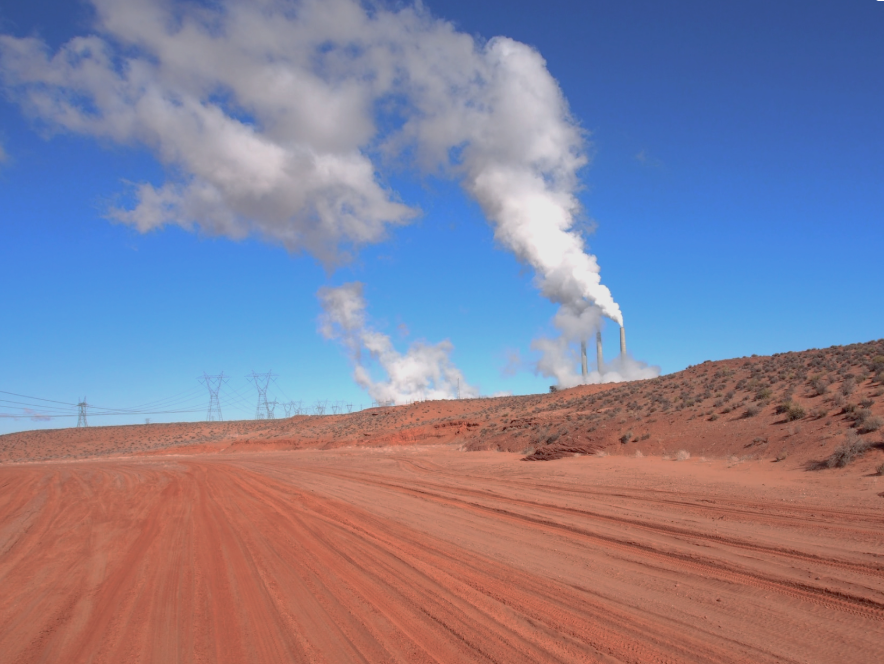

.png)

.png)

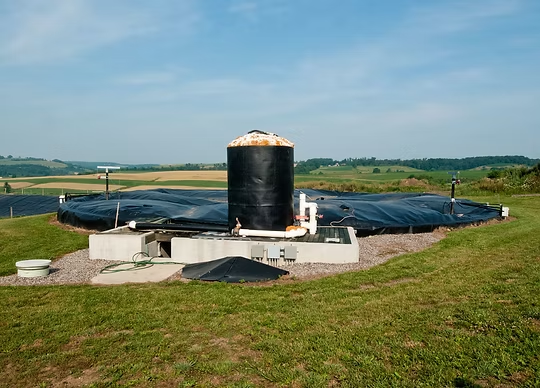

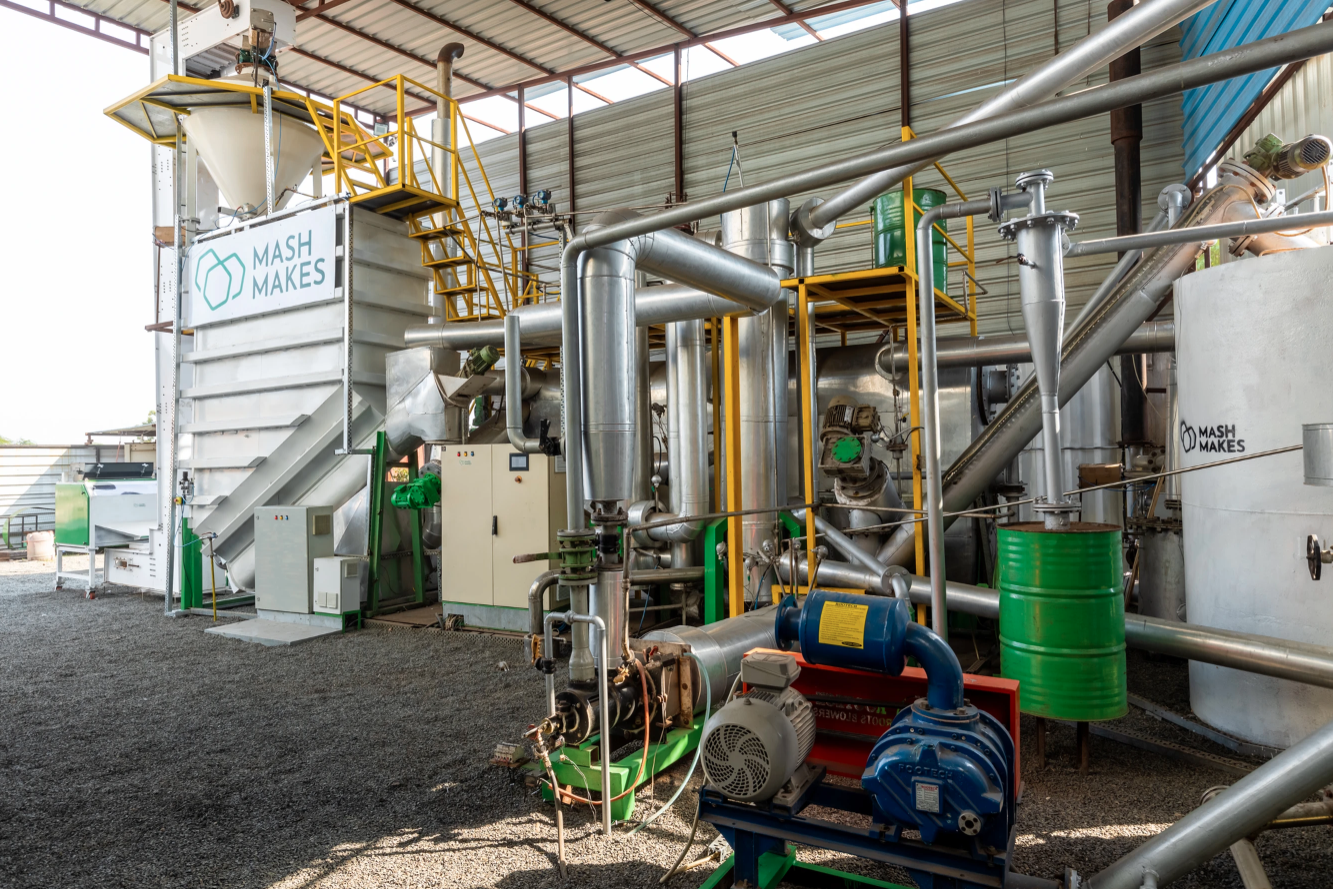

.png)
.png)

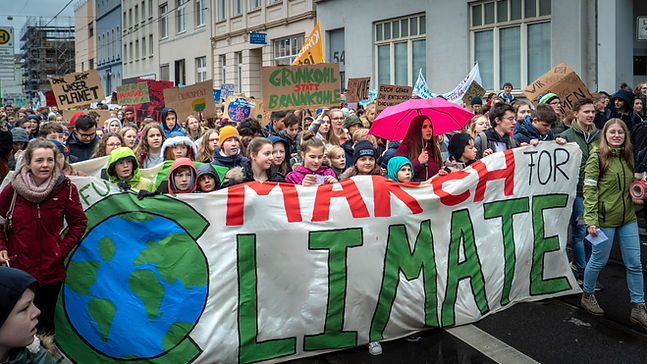
.jpg)


.png)

.png)
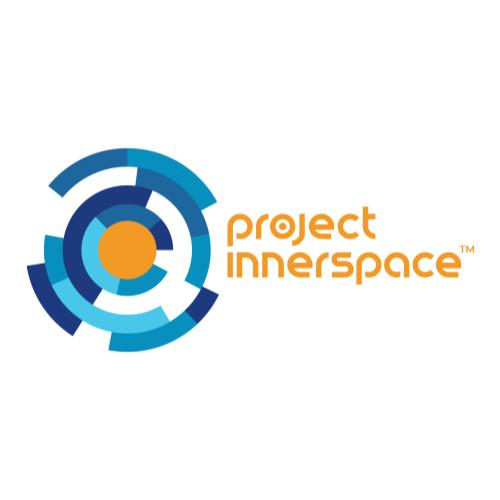




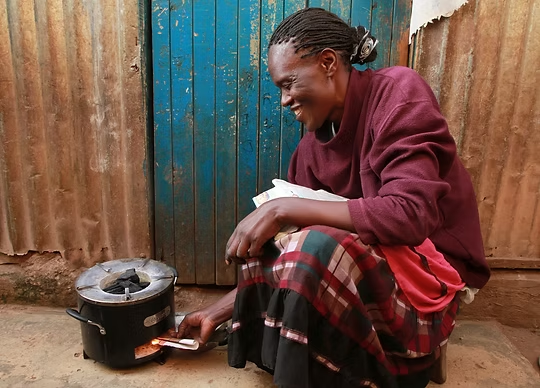



.png)

.png)
.png)


.png)



.png)
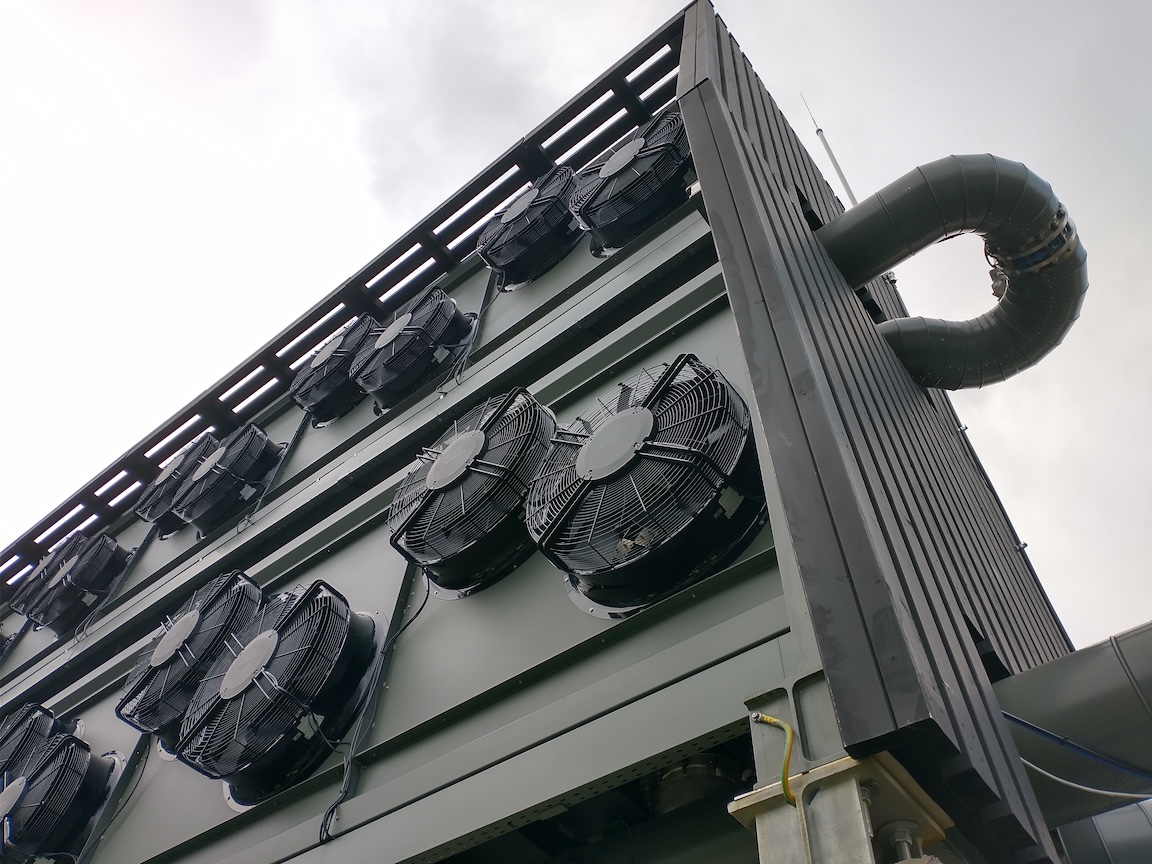
.png)
.png)
.png)

.png)
.png)
.png)
.png)
.png)

.png)
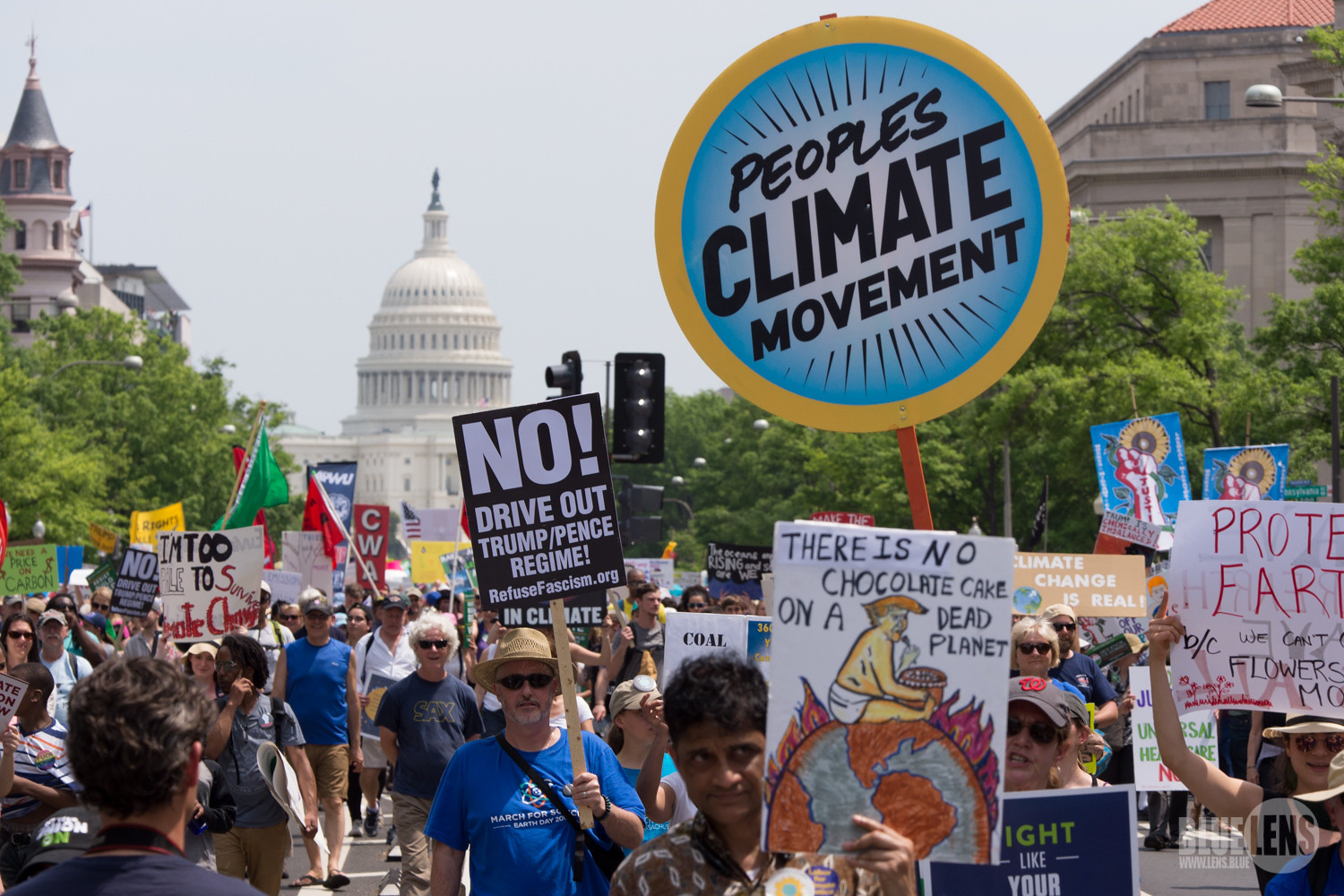




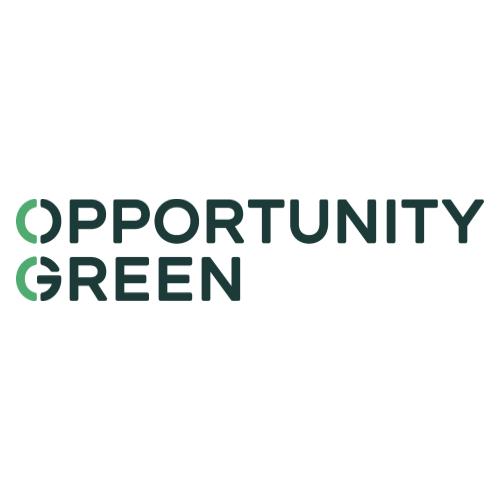


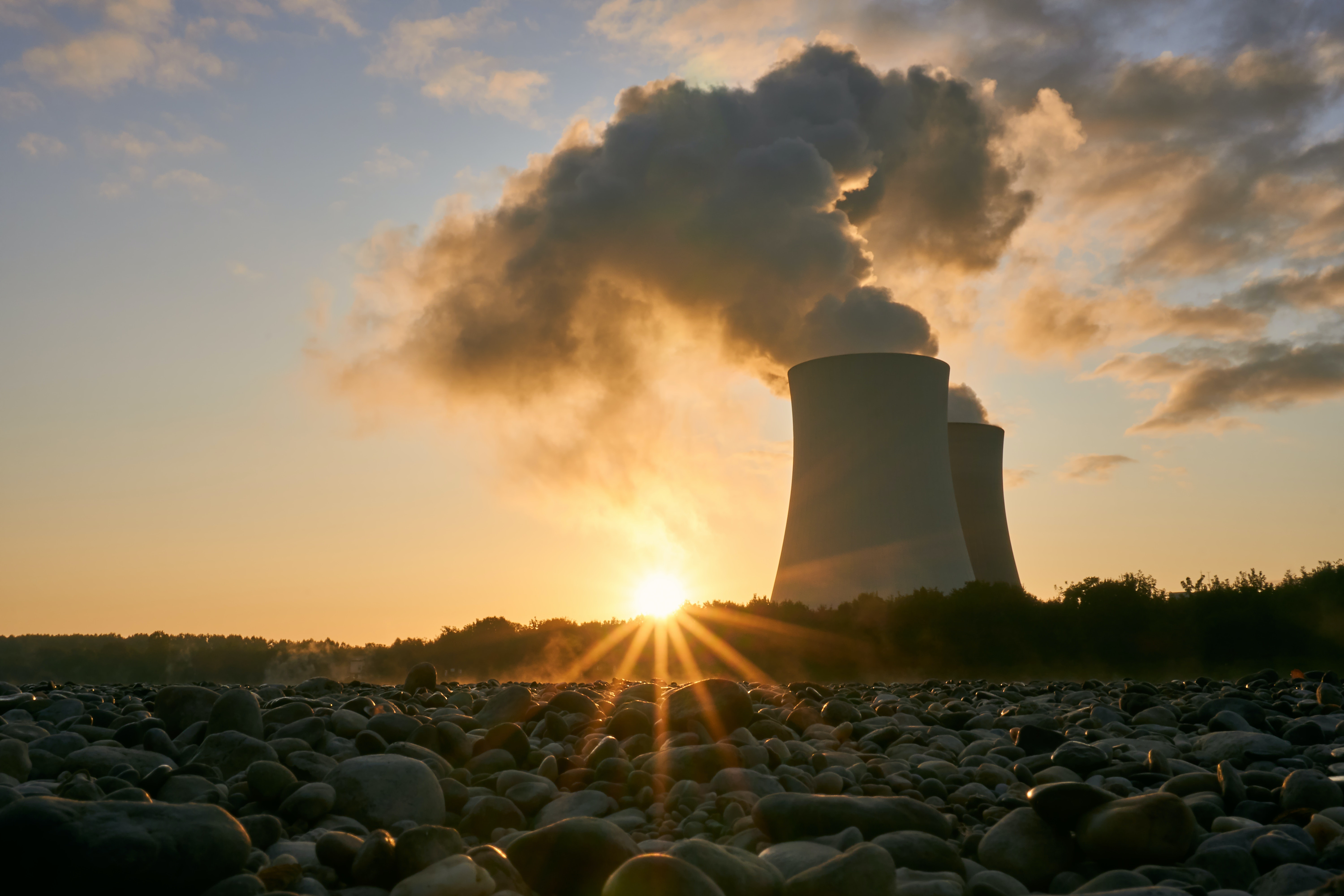
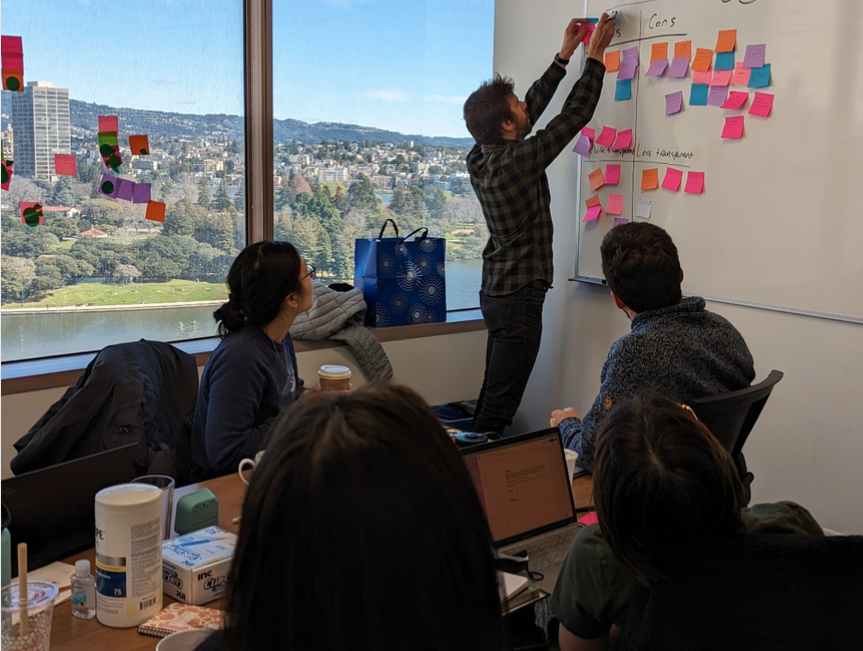
.png)

.jpg)


.png)

.png)
.png)
.png)

.png)
.png)
